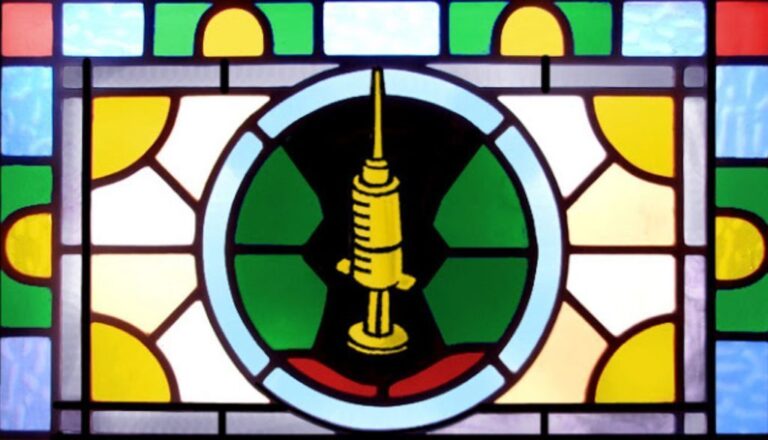Light Therapy Shows Promise as Alzheimer’s Treatment New research suggests light therapy can improve sleep and reduce depression and agitated behavior related to dementia. While light therapy has been used to treat depression (often in those with seasonal affective disorder), researchers are finding that it may also be a powerful approach to relieve symptoms related to Alzheimer’s disease. A new scientific review of 15 randomized controlled trials involving nearly 600 patients with Alzheimer’s revealed that light therapy not only alleviated depression, it also reduced sleep troubles and agitated behavior (such as abnormal vocalization, restlessness, and repetitive movement). “These findings combined with its low side effects suggest the role of light therapy as a promising treatment for Alzheimer’s disease,” concluded Qinghui Meng, PhD, a professor in the school of nursing at Weifang Medical University in China, and her coauthors. The study, published this week in the journal PLoS One , drew on trials conducted in seven different countries between 2005 and 2022, all related to light therapy intervention for Alzheimer’s disease. Most of the 598 participants had mild to moderate dementia, and they ranged in age from 60 to 85 years old. Issues With Sleep and Behavior Are Prevalent With Alzheimer’s In patients with Alzheimer’s, sleep disorders are common, with about 70 percent experiencing sleep disruption in the early stages, according to Dr. Meng and her colleagues. Light therapy led to overall improvements in sleep quality, reduced daytime sleep, and increased nighttime rest, the researchers noted. Results also indicated a benefit related to circadian rhythm (the 24-hour internal clock in our brain that regulates sleep-wake cycles). Light therapy also had a positive impact on psycho-behavioral problems, which affect an estimated 90 percent of people with Alzheimer’s, the researchers say. The new study found light therapy appeared to decrease agitated behavior and depressive symptoms, which in turn reduced caregiver burden and distress. The researchers also found some evidence that light therapy was associated with lower measures of cognitive impairment and higher measures of cognitive function. Confused thinking and memory issues are signature symptoms of Alzheimer’s. Nondrug Treatments for Alzheimer’s Are Highly Valuable Although medications for Alzheimer’s may alleviate symptoms to some extent, the researchers stressed that drugs cannot stop the progression or cure this neurodegenerative disease. In addition, some Alzheimer’s patients may develop medication-related side effects, such as poor appetite, diarrhea, and hallucinations. “It is very valuable to investigate nonpharmacological interventions, with possible benefits on safety, non-invasiveness, cost, and side effects,” says Claire Sexton, DPhil, the senior director of scientific programs and outreach at the Alzheimer’s Association. Why Light May Bring Relief Dementia patients may have poor sensitivity to light because of nerve damage, reduced outdoor exposure, and age-related eye defects that inhibit light transmission through the eyes, according to the study. In part, this may explain why these individuals get insufficient amounts of light. Treatments include bright light therapy, in which a person sits in front of a light box that provides about 30 times more light than the average office light for a set amount of time each day. Some regions of the cerebral cortex (a part of the brain involved in cognitive processing and mood) show sensitivity to light intensity. Another, more technologically advanced, approach transmits near-infrared light into the brain via a special headset. The technique is called photobiomodulation, and it is thought to alter biological processes by transmitting light through the nose and skull directly into the brain areas damaged in Alzheimer’s, according to the Alzheimer’s Society. Light therapy interventions in this study, however, widely varied in terms of the type of light therapy, light-therapy device, light wavelength, intensity, duration, frequency, and timing of therapy. Patient populations in this study also varied, including individuals in community, long-term care, and nursing home settings, with differing severity of disease. “As a result, it is not yet possible to translate the findings of this review to recommendations for individuals,” says Dr. Sexton, who was not involved in the study. “The results suggest, however, that the combined evidence, though modest in scale, is encouraging but preliminary, and justifies further research in larger, more representative study populations.” Editorial Sources and Fact-Checking Everyday Health follows strict sourcing guidelines to ensure the accuracy of its content, outlined in our editorial policy. We use only trustworthy sources, including peer-reviewed studies, board-certified medical experts, patients with lived experience, and information from top institutions. Lam R et al. Efficacy of Bright Light Treatment, Fluoxetine, and the Combination in Patients With Nonseasonal Major Depressive Disorder: A Randomized Clinical Trial. JAMA Psychiatry . January 2016. Zang L et al. The Effect of Light Therapy on Sleep Disorders and Psychobehavioral Symptoms in Patients With Alzheimer’s Disease: A Meta-Analysis. PLOS One. December 6, 2023. Turner P. Circadian Photoreception: Aging and the Eye’s Important Role in Systemic Health. British Journal of Ophthalmology . August 2008. Light Therapy and Dementia. Alzheimer’s Society.
This content was originally published here.



















